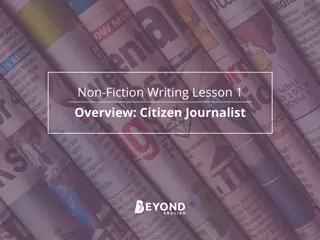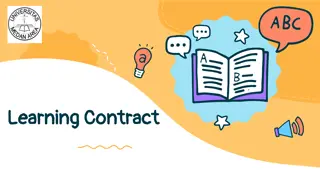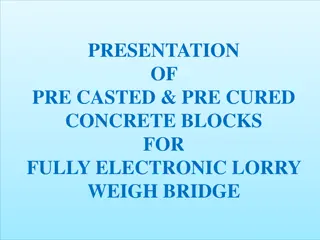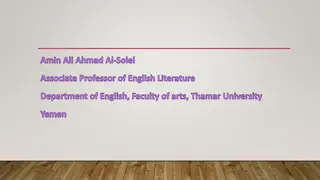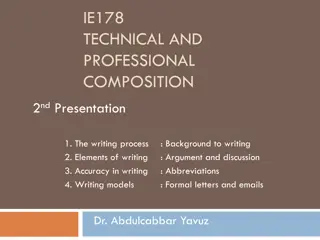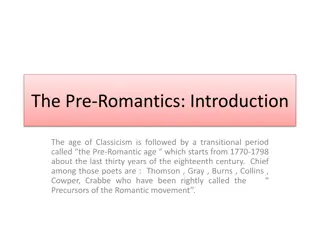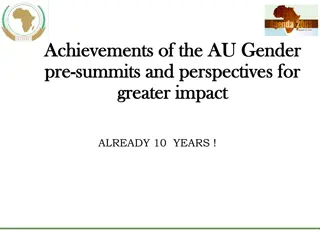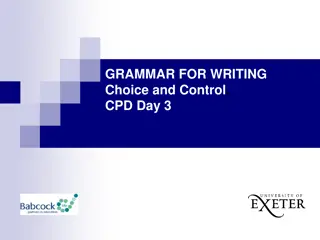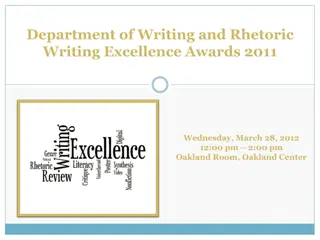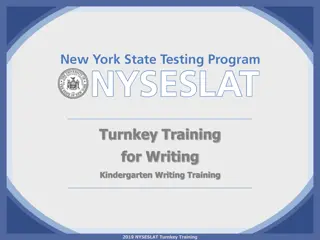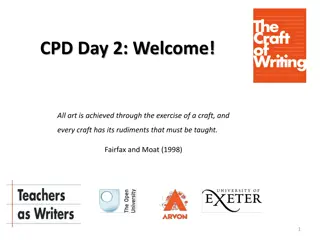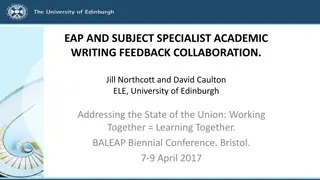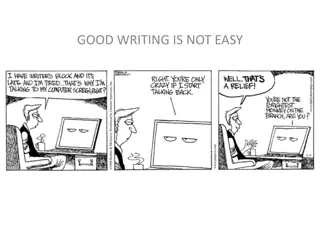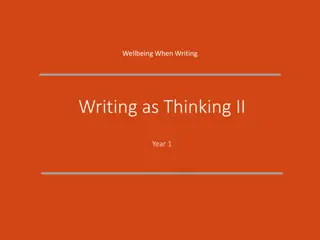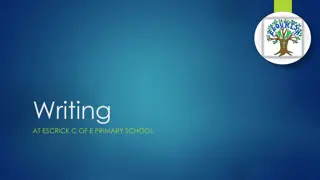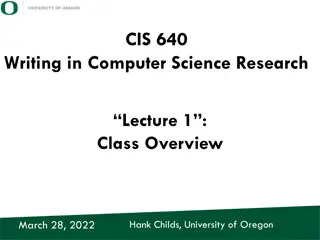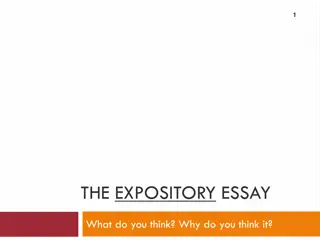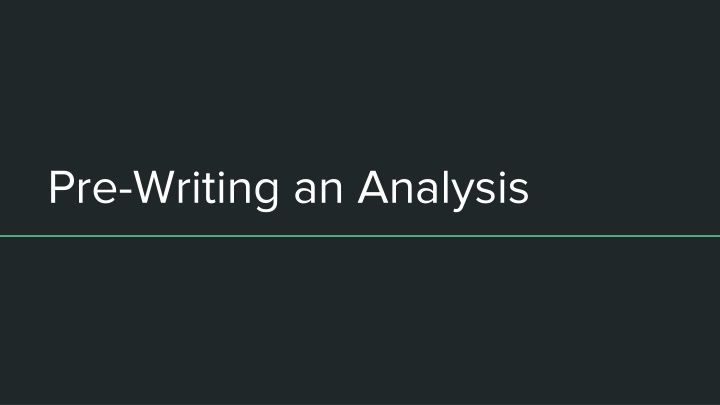
Mastering Text Analysis: Strategies & Techniques
Delve into the art of analysis with this comprehensive guide on literary and rhetorical analysis. Explore how authors use devices to convey their message and impact the audience. Learn the key components of an effective analysis, from thesis statements to evaluating effectiveness. Enhance your critical reading skills and analytical thinking to dissect texts successfully.
Download Presentation

Please find below an Image/Link to download the presentation.
The content on the website is provided AS IS for your information and personal use only. It may not be sold, licensed, or shared on other websites without obtaining consent from the author. If you encounter any issues during the download, it is possible that the publisher has removed the file from their server.
You are allowed to download the files provided on this website for personal or commercial use, subject to the condition that they are used lawfully. All files are the property of their respective owners.
The content on the website is provided AS IS for your information and personal use only. It may not be sold, licensed, or shared on other websites without obtaining consent from the author.
E N D
Presentation Transcript
ENGL 1301 Learning Outcome & Lesson Objectives Learning Outcome: Read, reflect, and respond critically to a variety of texts. Lesson Objectives: Upon successful completion of this lesson, students will analyze a text by completing a graphic organizer that identifies an author s use of evidence and rhetorical devices. evaluate the impact of these devices on the target audience.
To analyze means to break down a piece of text and look at HOW and WHY an author uses devices to achieve a purpose
Two Types: Literary Analysis and Rhetorical Analysis A literary analysis A rhetorical analysis Analyzes fiction Analyzes non-fiction Explains how the author uses literary elements or devices (characters, theme, setting, imagery, figurative language, etc.) Explains how the author uses rhetorical devices (hyperbole, definition, alliteration, etc.) or appeals (ethos, pathos, logos) Discusses why the elements are significant and how they affect the reader Discusses why the devices or appeals are significant and how they affect the audience Evaluates effectiveness or ineffectiveness Evaluates effectiveness or ineffectiveness
An analysis is not a summary. A summary offers the main points or ideas from a text; it does not contain any type of evaluation or interpretation. You will, however, most likely summarize and paraphrase ideas within your analysis.
What to Include in an Analysis The basic structure of an analysis should include the following: 1. A brief summary of the original text 2. A thesis statement that argues the most important literary or rhetorical device and its impact on the reader or audience 3. Specific evidence from the text with an explanation of the effectiveness or ineffectiveness of the device 4. A conclusion that offers a final evaluation of the text
Preparing to Construct an Analysis Read and reread the text for a thorough understanding. Make annotations as you think critically about and question the text. Questions to consider: Who is the author? Why did the author write the text? How does the author organize the text? What ideas or opinions does the author convey? Does the author include evidence that supports/does not support the claim? Who is the intended audience? How does the author create a certain tone or style? What devices does the author use to convey the message? How does the author s use of devices impact the reader/audience?
Device: Label the literary or rhetorical device Example from Text: What does the text literally say? Effect: How does the author's use of the device impact (or not impact) the reader or audience? Organizing Ideas for an Analysis The sample graphic organizer is a tool to help you organize your ideas and thoughts about specific devices the author uses and their effects. Use your table as a guide to construct your analysis.
Attribution Morley, Brandi. "Pre-Writing an Analysis [Lesson]." Strategies, Skills and Models for Student Success in Writing and Reading Comprehension. College Station: Texas A&M University, 2024. This work is licensed with a Creative Commons Attribution 4.0 International License (CC BY 4.0).

